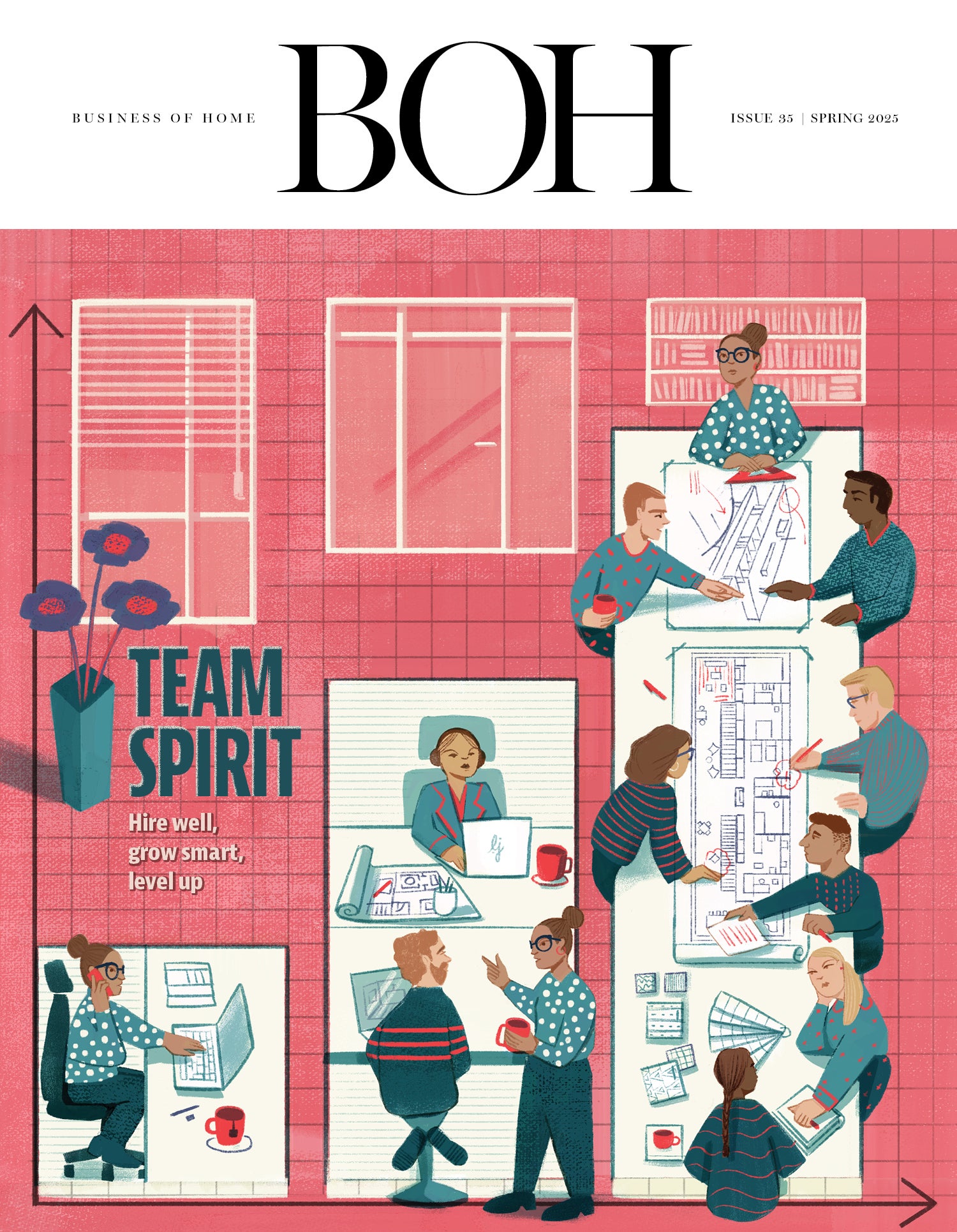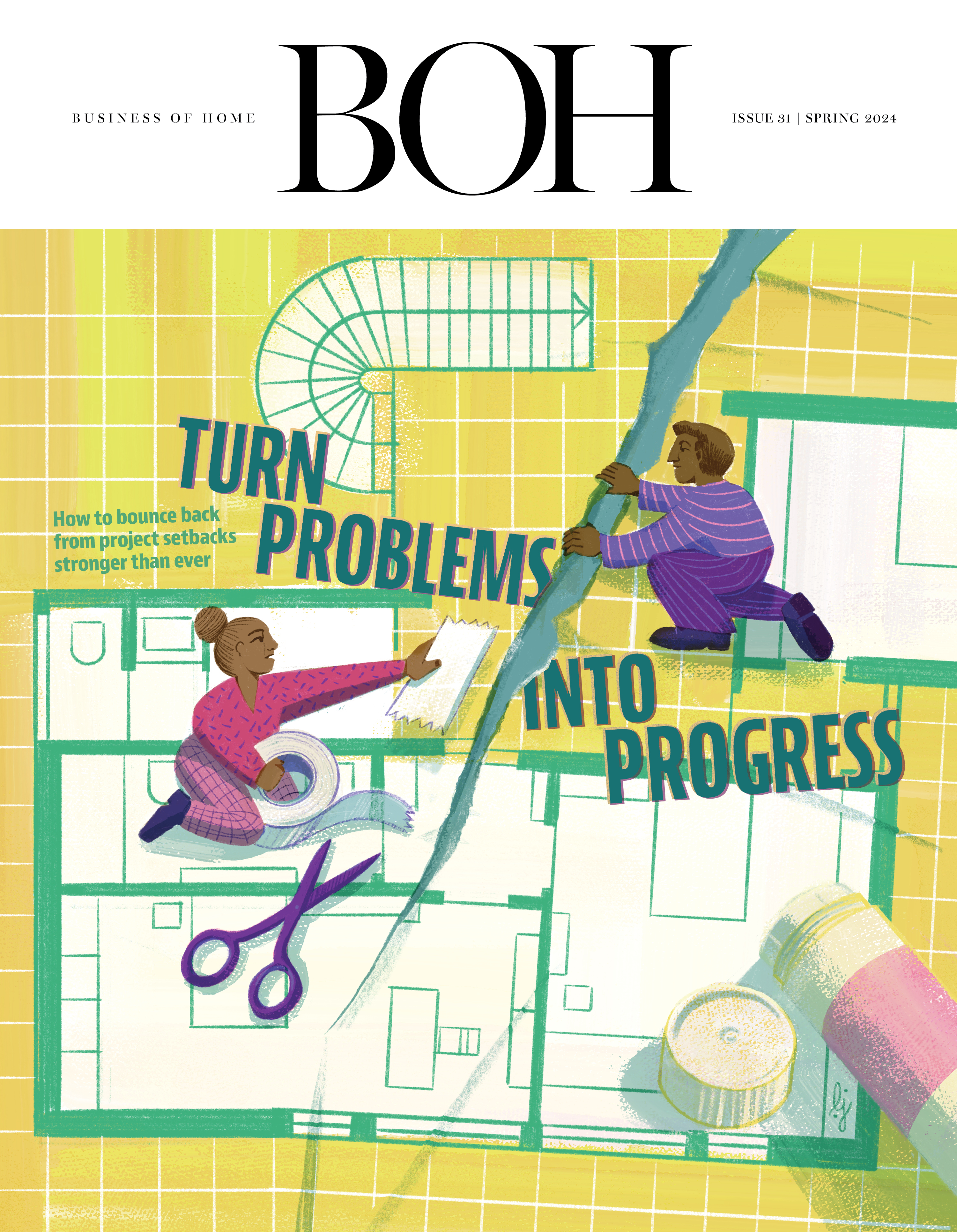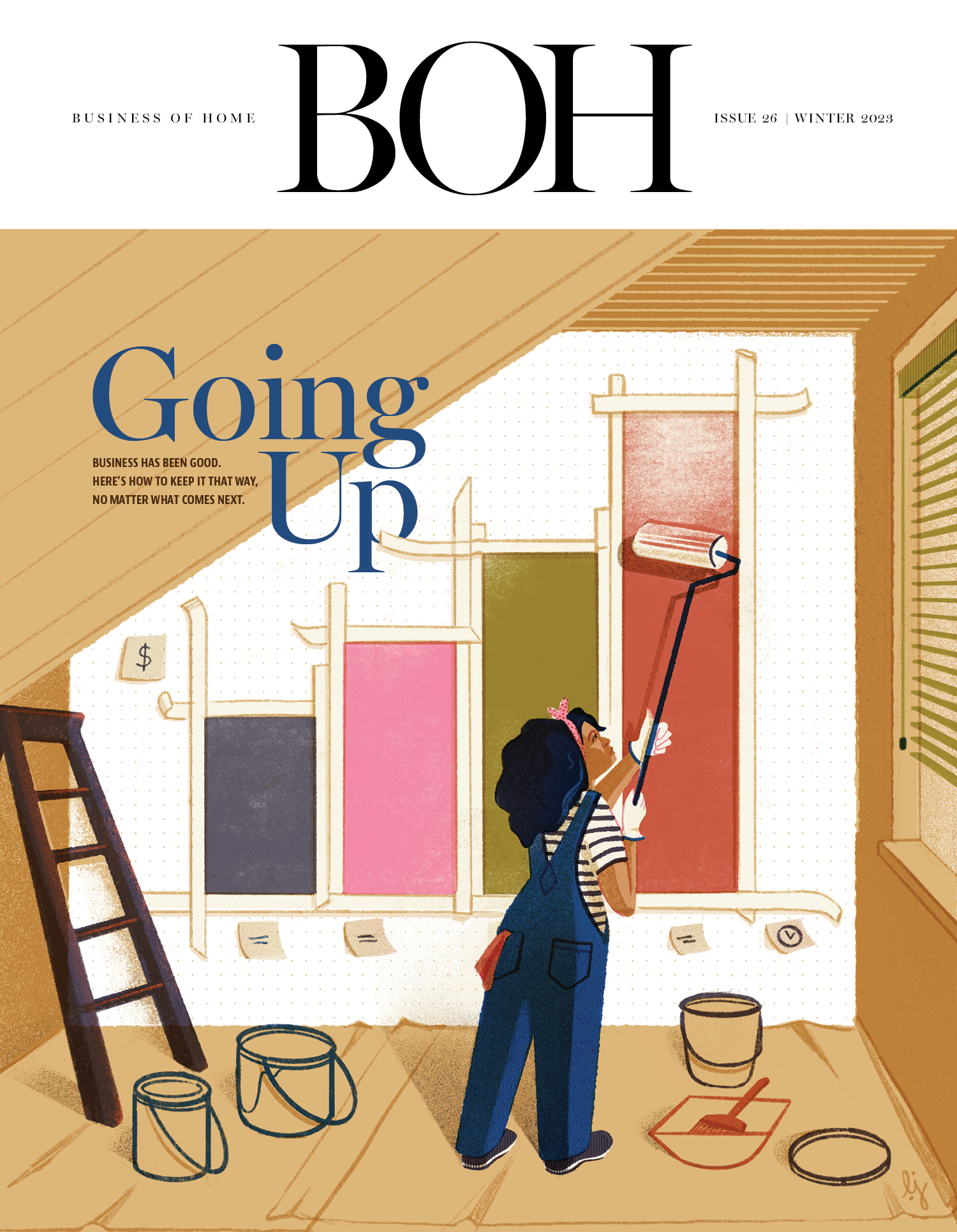The furniture business, rattled all summer by chaotic on-again, off-again tariffs, had just begun to settle into the new global trade order when a surprise post by President Trump on Friday afternoon once again sent CEOs scrambling.
“I am pleased to announce that we are doing a major Tariff Investigation on Furniture coming into the United States,” Trump wrote in a post on Truth Social. “Within the next 50 days, that Investigation will be completed, and Furniture coming from other Countries into the United States will be Tariffed at a Rate yet to be determined. This will bring the Furniture Business back to North Carolina, South Carolina, Michigan, and States all across the Union.”
Thus far, the president’s trade policies have impacted the industry in a roundabout fashion—steel and aluminum tariffs target a key material in furniture construction, while tariffs on furniture-producing countries like China, Vietnam and India have introduced new costs for importers. If implemented, these tariffs would be the first sector-specific duties on furniture.
Shortly following the announcement, shares of home retailers RH, Williams-Sonoma and Wayfair all plunged between 5 and 8 percent on the stock market in after-hours trading. As the statement made its way down the industry grapevine, executives reeled. In texts with Business of Home editors, some expressed concern that a new round of tariffs could have a devastating impact on an already fragile industry. Others declined to make predictions other than the obvious: More tariffs mean higher prices.
Bringing furniture manufacturing back to the U.S. was a touchpoint of Trump’s campaign in 2024. The issue is a charged one, especially in regions of the country—North Carolina, South Carolina and Mississippi, in particular—where the offshoring of the 1980s and 1990s created mass job loss and devastated entire communities.
Whether import tariffs can bring furniture manufacturing back to the U.S. is a complicated issue. Case goods production has largely migrated overseas, and getting factories up and running here would require a considerable amount of time, workforce training and investment; most observers are skeptical it can be done at all. Upholstery is a slightly different matter. There is a robust domestic manufacturing base in place, but it’s not clear that the current system can quickly scale up to support massive growth in the category—witness the Covid pandemic, during which factories struggled to find the skilled labor necessary to meet the surge in demand.
What is clear: From off-price retailers like Bob’s Discount Furniture to massive chains like Ikea to would-be climbers of the luxury mountain like RH, most of the players in the furniture world rely on imports. A significant tariff across the entire category would lead to significant changes at all levels of the market.





























